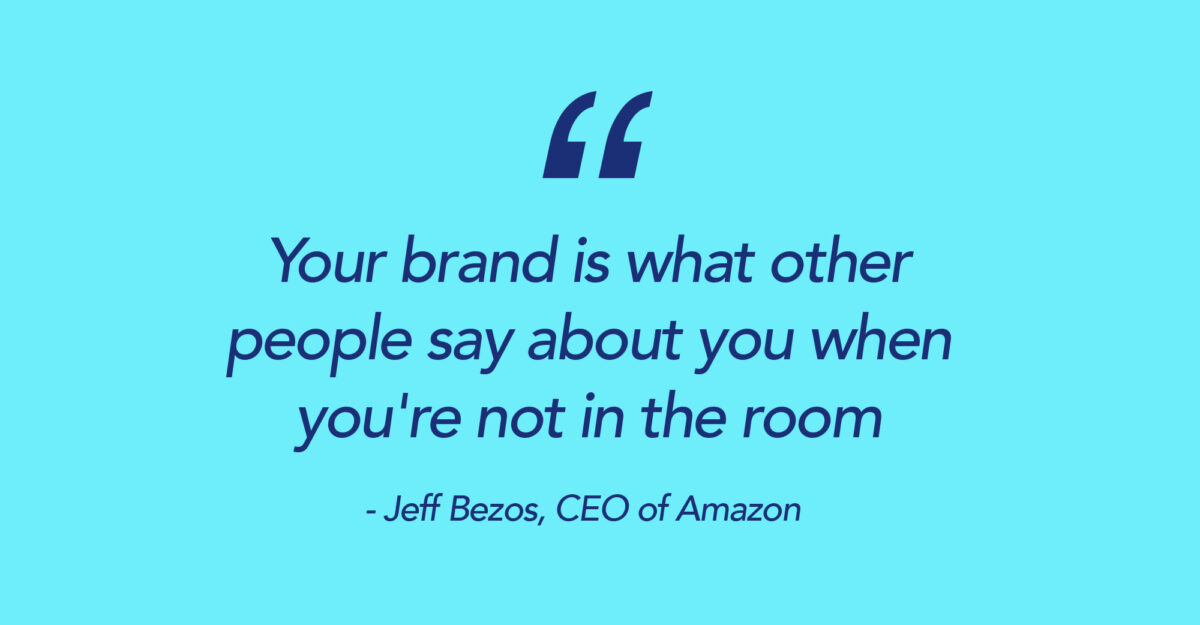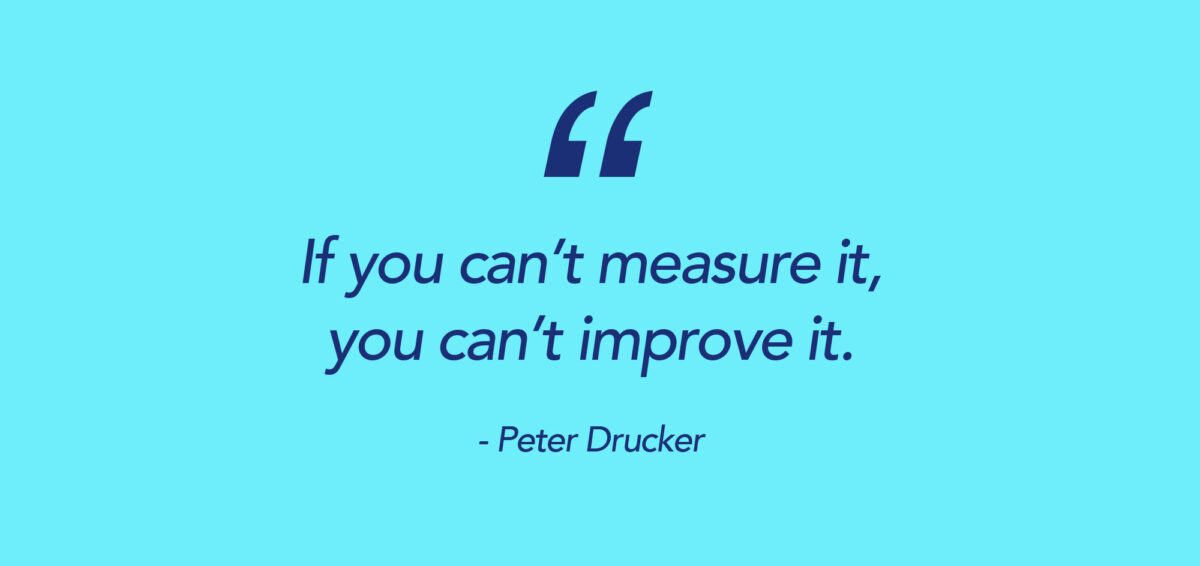Customer Perception
6 Steps For a Successful Brand In a Changing Economy | Part 3
Your brand is the connection between your business and your customers. So whilst building a strong brand strategy is a good place to start, it’s important that we check-in to see how the message is received. After all, it’s your customers that own your brand, not you. Whilst we can influence their brand experience through strategic marketing tactics, the way your customers experience, perceive and remember your brand is what counts.
Measuring brand perception is an assessment of your brand strategy’s effectiveness. For example, whilst you might think that premium packaging positions your product as high-end, it may seem too expensive and unattainable for your target market and therefore not sell well – even the most beautiful design without a strategy can be ineffective. By identifying discrepancies between the intention and perception of your brand, you’re now able to tweak, enhance or reset expectations to make sure it’s your product they pick off the shelf over a competitor’s. Measuring brand perception provides invaluable data to inform your next strategic marketing, brand and product decisions.

Before we go any further, it’s important to remember, you are not your customer. The moment you start – or are employed by- a company, you immediately lose your ability to be a customer. Even if you’re in the target demographic and use the product yourself, by virtue of your position you know too much to provide an unbiased perspective. Considering the number of budding entrepreneurs starting companies to fill gaps in the market from personal experience, the temptation to rely on your own instinct can be hard to resist.
Thankfully for you, there is no shortage of ways to gauge genuine customer perception. Ranging from low cost and involvement options, to deeply integrated customer service systems that put brand perception feedback at the core of strategic decision-making, here are three simple methods to get a handle on your brand perception.
1. Desk research:
Before diving in too deep, dip your toe in the water and get your google on. Sussing out google reviews, social media captions and industry forums or groups can be an easy way to develop some themes that may inform how you structure your feedback requests before you even speak to another human being. Pro-tip: if you haven’t already, turn on Google Alerts for your company name or industry to keep in touch with what’s going on- it’s easy, free and delivers hits direct to your inbox whenever there are updates.
2. Customer feedback survey:
This may seem like an obvious one but when things get busy, the post-sale/project review process is often the first thing to go. Whether you start with a simple 2-3 question follow-up email or pull together a more targeted SurveyMonkey (up to 10 questions free!), here are a few tips for how you can optimise your feedback process to ensure you’re getting timely, relevant and actionable feedback from your customers.

– Light and polite: It should go without saying but ‘please’ and ‘thank you’ should bookend your request. Outside of that feel free to make it your own by injecting a bit of your unique brand personality into it- who said customer reviews had to be dull?
– Demonstrate purpose: Explain why you’re asking their opinion and what you’re going to do with it. Particularly for repeat customers, if you can show that their input will improve their customer experience in the future, they may be more likely to provide feedback. A succinct introduction sets up the context before you dive into the questions to encourage a higher response rate.
– Be specific: Asking for open-ended reviews can feel like a lot of effort for busy people. In order to get high return rates, make your request simple and specific- asking for a number out of 10 is a quick and easy way to capture quick, comparable and useful data. Uber is a great example with their compulsory star rating alongside the option to provide feedback on particular performance metrics- it’s straightforward and easy for the customer, whilst providing invaluable insights for the company.
– Incentivise: If possible, offering a discount or share code, can increase the likelihood of engagement. Nothing says “thank you” better than 10% of your next purchase!
The goldilocks principle: Timing your review is important- don’t jump the gun and pester them for a review before they’ve had a chance to use, experience or receive your product but likewise, leave it too long and you’ll have missed your moment. Not too hot, not too cold, just right.
3. Market research:
For when things get a little more serious or you’re looking to pivot, grow or rebrand, conducting market research can provide you with more comprehensive data to inform your brand and marketing strategy.
For best results, we recommend a combination of quantitative and qualitative data metrics that could include paid surveys, consumer feedback groups or interviews for customers and prospective customers.

Surveys, questionnaires and feedback forms come alive in the transfer of data into insights. The most important insight you should be looking out for is a discrepancy between the customer’s perception and your own perception- are you living up to your brand values? Do your customers feel supported? Does your brand reflect the quality and price point of your products?
The real magic happens by turning insights into opportunities and make data-informed strategic action to create greater alignment between the intention of your brand strategy and how it’s executed and received by your customers.
Brandwell – Creative Branding Agency Melbourne
Stay tuned for the next instalment in our 6 part mini-series for building a successful brand in a changing economy.
Next up in the series we’ll be talking ‘Attributes & Positioning”.
Keep an eye out for our tangible tips and tricks to help you build a successful brand in a changing economy.